-
Caring for and recovering priority waters
Here lies the promise of our plans to develop a shared agenda of priority waters.
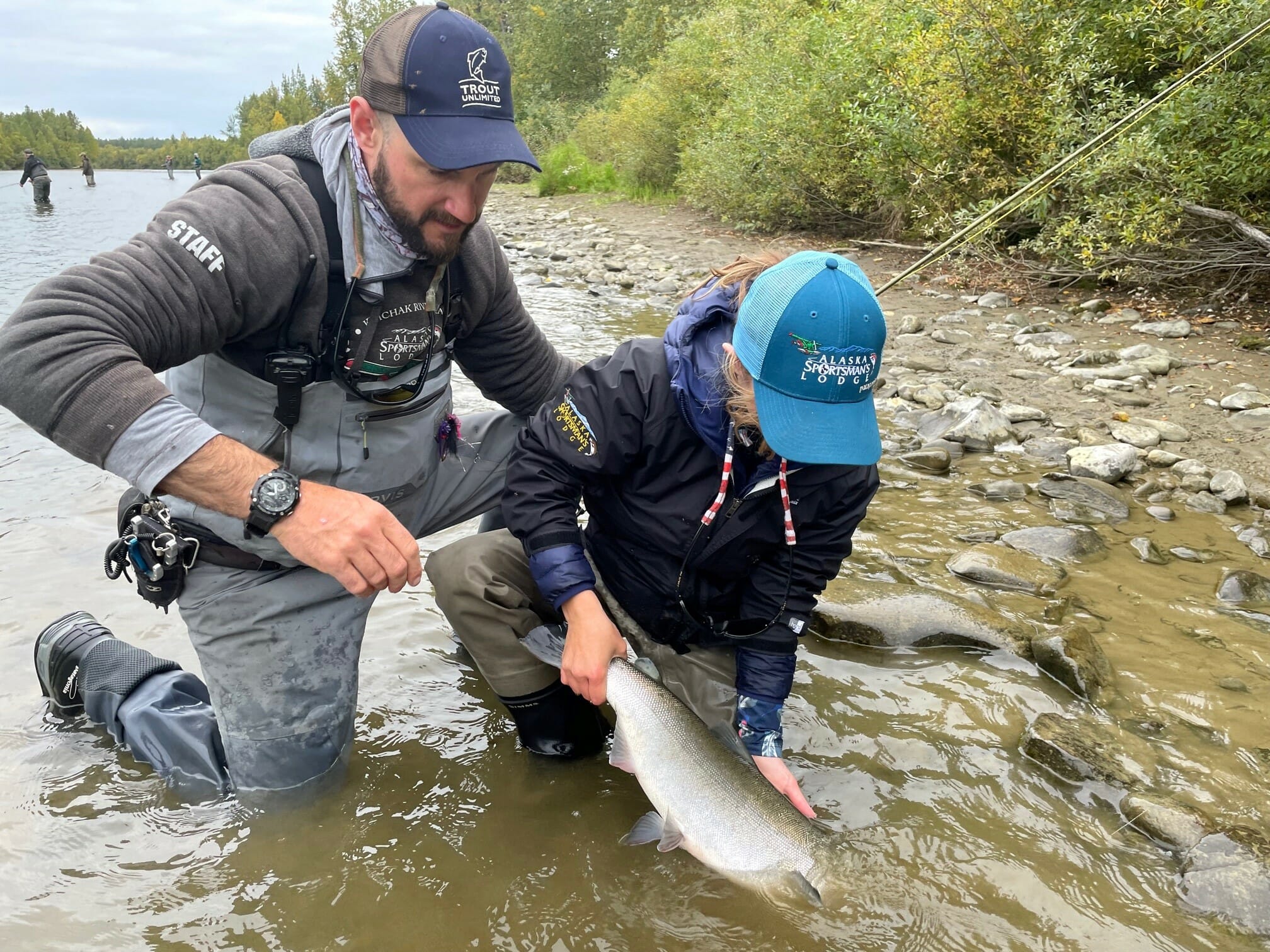
The secret sauce of Trout Unlimited is the fact that we enjoy a grassroots network of volunteers with deep roots in their communities and incredible passion for the waters they live, love and fish. Their knowledge, energy and passion are strengthened by hundreds of professional TU staff—biologists, restoration practitioners, water lawyers, organizers, and scientists. These staff are…
-
New mapping tool puts beavers to work for Upper Columbia fisheries
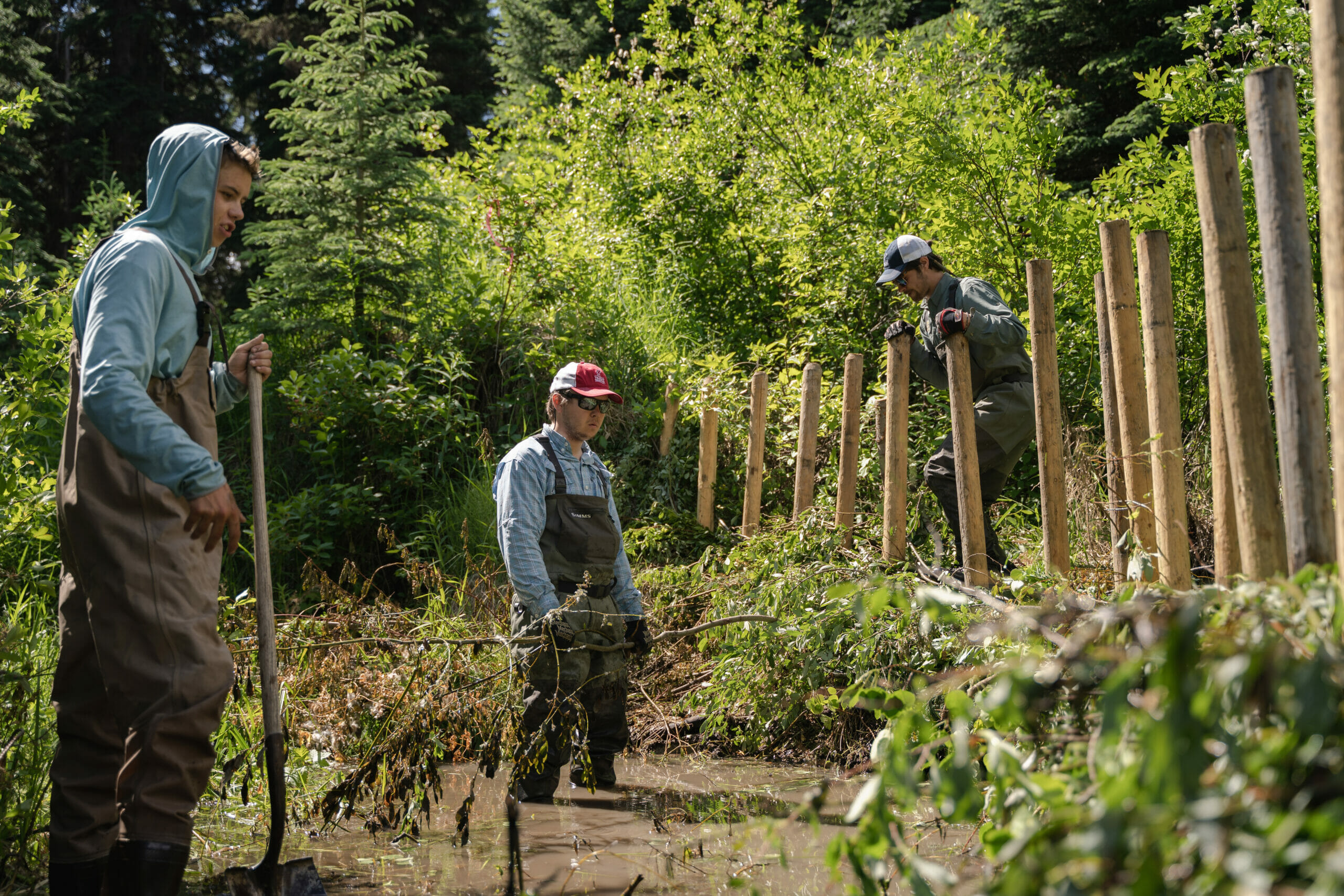
By Crystal Elliot, Kodi Jo Jaspers, and Matt Mayfield Beavers and trout anglers are not strangers. Many of us have been startled while standing knee-deep in a trout stream when something big and brown and way larger than the fish we are targeting suddenly slips past. Beavers can cause headaches for land managers as they engineer streams and ponds…
-
TU advocacy is grounded in science
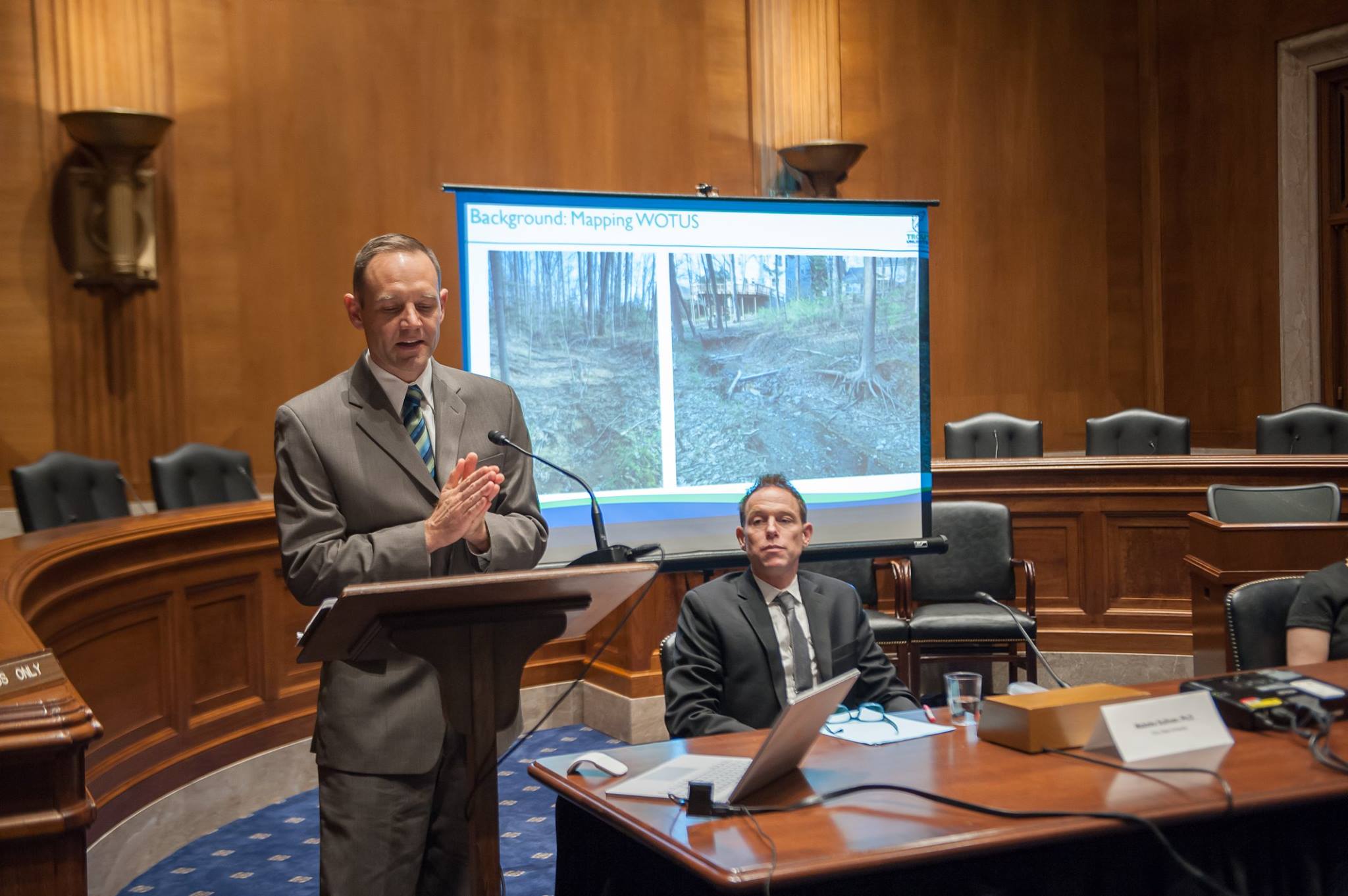
Picturing somebody standing in a river staring at a fish while wearing a white lab coat and protective goggles for no reason might be what people think of when they hear the title Trout Unlimited scientist. While there is an outside chance that might happen, in reality the 30 or so TU staff with a…
-
New study links human influence to recent megadrought
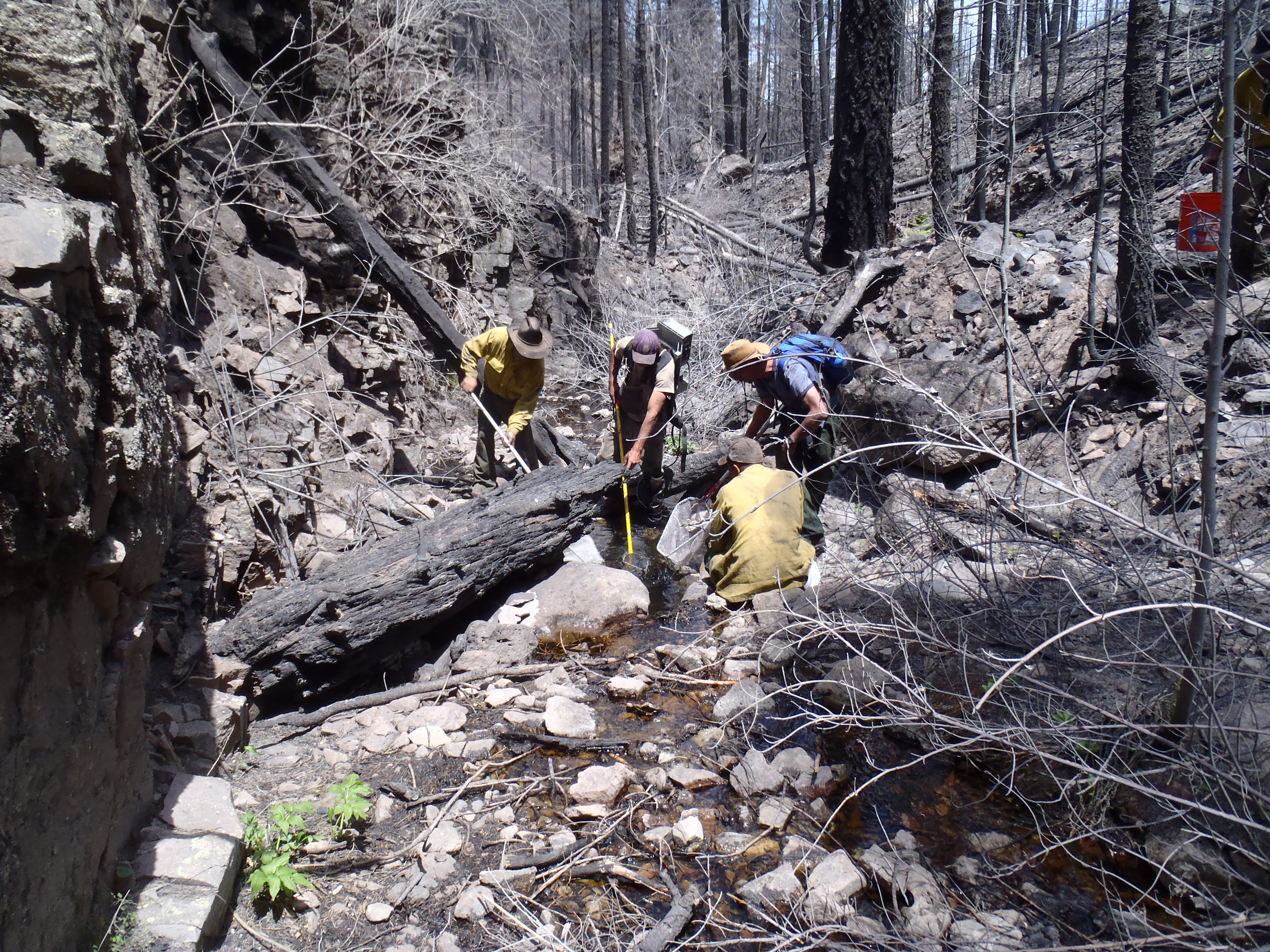
Apache and Gila trout face vast new challenges thanks to landscape alterations What do two 19-year intervals separated by four centuries have in common, and what do the similarities mean for native trout? A recent study reconstructed climate for Southwestern North America, including California, Nevada, Arizona and New Mexico, and found the years 1575-1593 and…
-
Lahontan cutthroat a poster child for modeling extinction risk
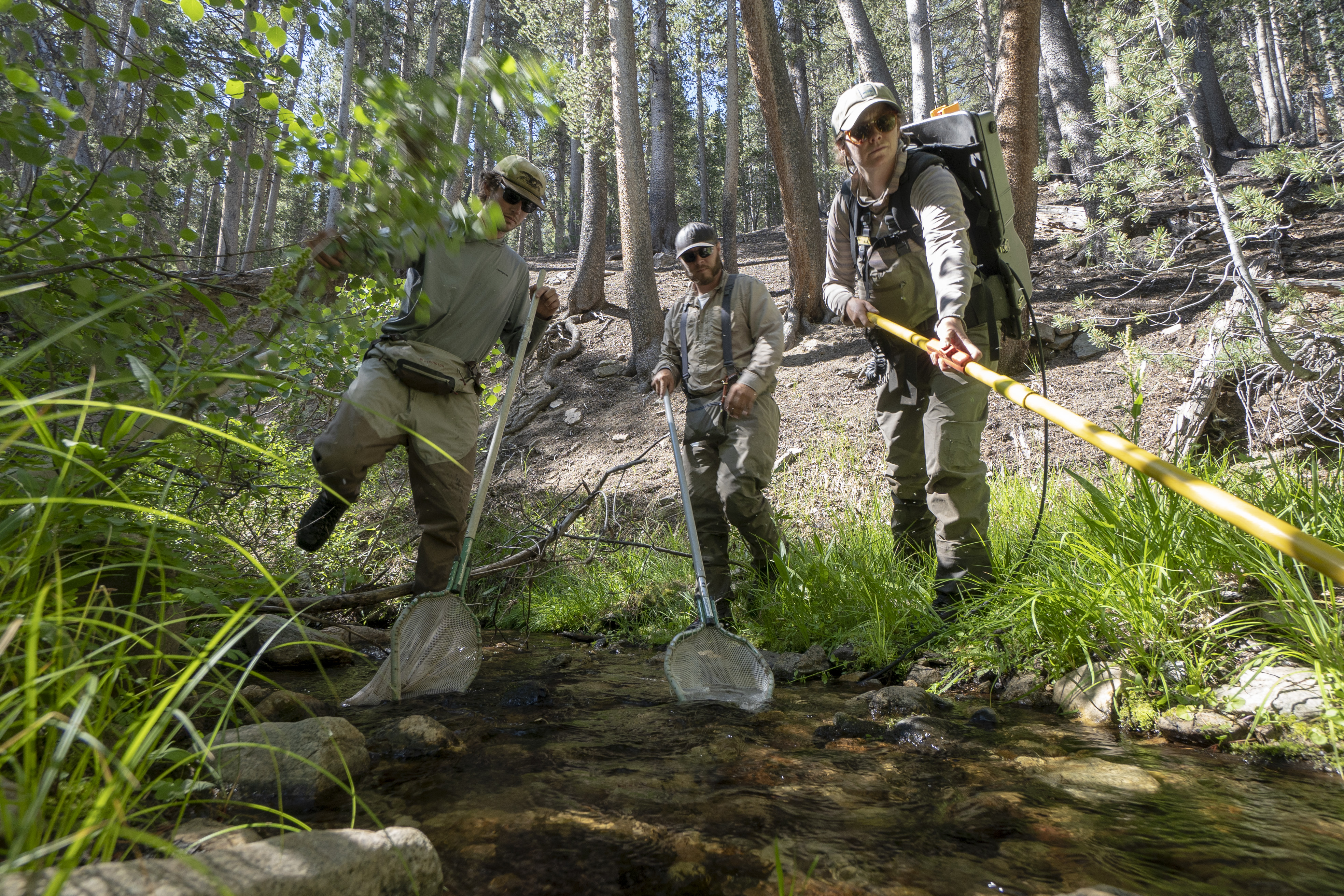
Researchers work to gather data on Lahontan cutthroat trout. Jason Barnes/Trout Unlimited Determining the conservation needs of at-risk wildlife species is complicated business. Federal and state wildlife agencies—and their partners — need to assess the unique characteristics of different populations to understand the conservation needs of a given species. They typically ask questions like: “Which…
Tag

